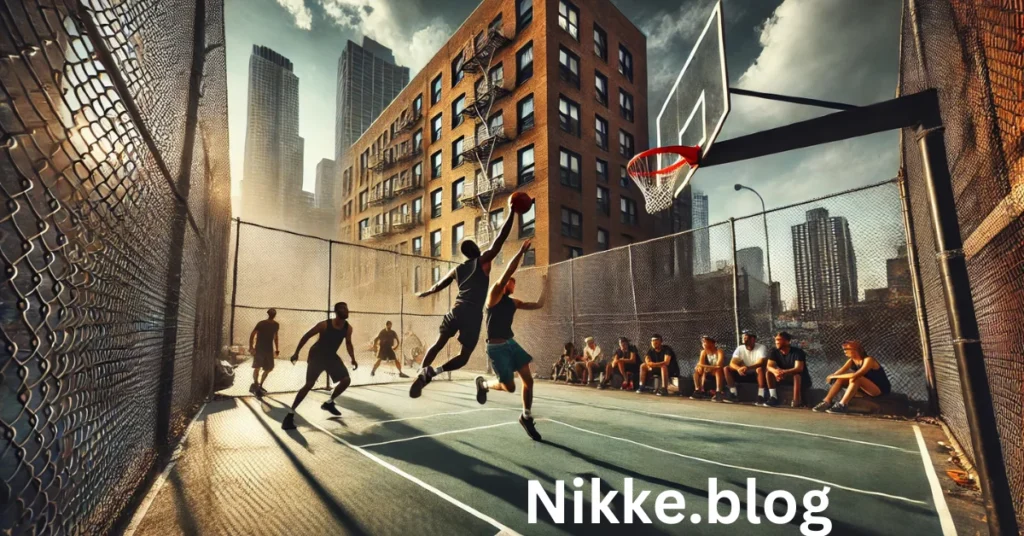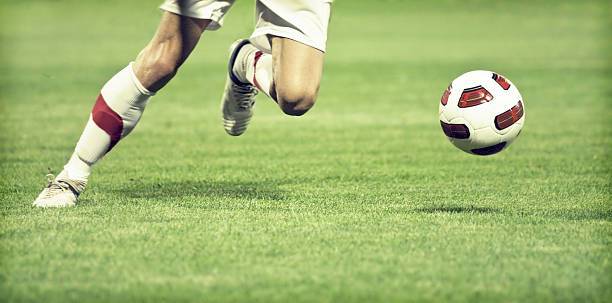
The Ultimate Guide to Drawing:cul23ybyzfm=Basketball Players: Techniques and Tips for Artists
Drawing:cul23ybyzfm=Basketball is one of the most dynamic and action-packed sports, and capturing that energy on paper can be both challenging and rewarding. Drawing:cul23ybyzfm=Basketball Whether you’re a seasoned artist or just starting, learning how to draw basketball players in action can elevate your skills. In this guide, we will walk you through essential tips and techniques to create lifelike Drawing:cul23ybyzfm=Basketball.

Why Drawing Basketball Players is Unique
Drawing:cul23ybyzfm=Basketball combines agility, power, and speed. Players are constantly in motion—dribbling, shooting, jumping, and defending. Drawing:cul23ybyzfm=Basketball These dynamic poses make basketball one of the most exciting sports to depict in art. When drawing a basketball player, it’s essential to capture the fluidity of motion, the tension in muscles, and the energy of the game.
Step-by-Step Process to Drawing a Basketball Player
1. Start with Basic Shapes
Before diving into the details, sketch the basic forms of the player’s body using simple shapes. Drawing:cul23ybyzfm=Basketball Use circles for joints and ovals or rectangles to represent the limbs and torso. Drawing:cul23ybyzfm=Basketball This will help you map out the proportions and pose of your basketball player.
- Head: Begin with a circle for the head.
- Torso: Draw an oval or rectangle for the chest area.
- Limbs: Use lines for arms and legs with circles at the joints (shoulders, elbows, knees, and ankles).
Focusing on these basic shapes first will ensure proper proportions before you move to more complex details.
2. Establish the Action Pose
Basketball players are often in action—whether they are running, jumping, or dribbling. Drawing:cul23ybyzfm=Basketball To make your drawing come to life, focus on creating a dynamic pose. Use references from photos or videos of real games to inspire your drawing. For instance:
- Shooting Pose: The player extends their arms upward as they release the ball, with one leg slightly bent for balance.
- Dribbling Pose: The player’s body leans forward, with one hand guiding the ball and the other poised for movement.
Dynamic poses help convey motion and give your drawing energy and realism.
3. Add Muscle Definition
Basketball players are known for their athletic builds. After establishing the pose, it’s time to flesh out the body. Pay attention to muscle groups such as the arms, legs, and core. Use shading techniques to give the body dimension and make the muscles look more defined. Focus on areas like:
- Arms: Triceps, biceps, and forearms.
- Legs: Thigh muscles (quadriceps) and calves.
- Torso: Chest and abdominal muscles.
Properly defining these areas adds depth and realism to your drawing.
4. Incorporate Movement
In basketball, movement is constant. To depict motion, use techniques such as overlapping lines to show the player’s body in action. For instance, when drawing a player dunking, emphasize the bend in the knees, the stretch in the arms, and the movement of the ball as it heads toward the basket.
Additionally, don’t forget to add elements like sweatbands, jerseys, and sneakers. These details not only add authenticity but also help convey the idea that the player is in the middle of an intense game.
5. Draw the Basketball
The basketball itself is a key element. The ball should be proportionate to the player’s hand size. To make it realistic, use curved lines to depict the distinct panels on the basketball. If the ball is in motion, consider adding speed lines to emphasize its movement through the air.
6. Add Depth with Shading and Highlights
Shading and highlights are essential to bringing your drawing to life. Pay attention to the light source in your scene. Shade areas that are farther from the light, like under the player’s chin, arms, and legs. Add highlights to areas where the light hits directly, such as the forehead, upper arms, and the top of the ball.
Using contrasting light and shadow creates depth and realism in your artwork.
7. Background and Environment
For a complete composition, add a background that places the player in context. You can sketch the basketball court, the crowd, or the hoop in the distance. However, if you want to focus entirely on the player, a simple background or none at all can make the drawing stand out more.
Tools and Techniques to Enhance Your Drawing
- Pencil Shading: A great way to create shadows and give form to your drawing.
- Inking: For clean, bold lines, inking your drawing can help define edges and emphasize movement.
- Digital Art Tools: Programs like Photoshop, Procreate, or SketchBook are great for adding color and refining your sketches.
Final Thoughts
Drawing:cul23ybyzfm=Basketball players allows you to capture the spirit and intensity of the sport in a unique and creative way. With practice and attention to detail, you can create stunning, action-packed artwork that brings basketball to life on paper. By focusing on the motion, muscle definition, and energy of the game, your Drawing:cul23ybyzfm=Basketball will become dynamic and visually captivating.




